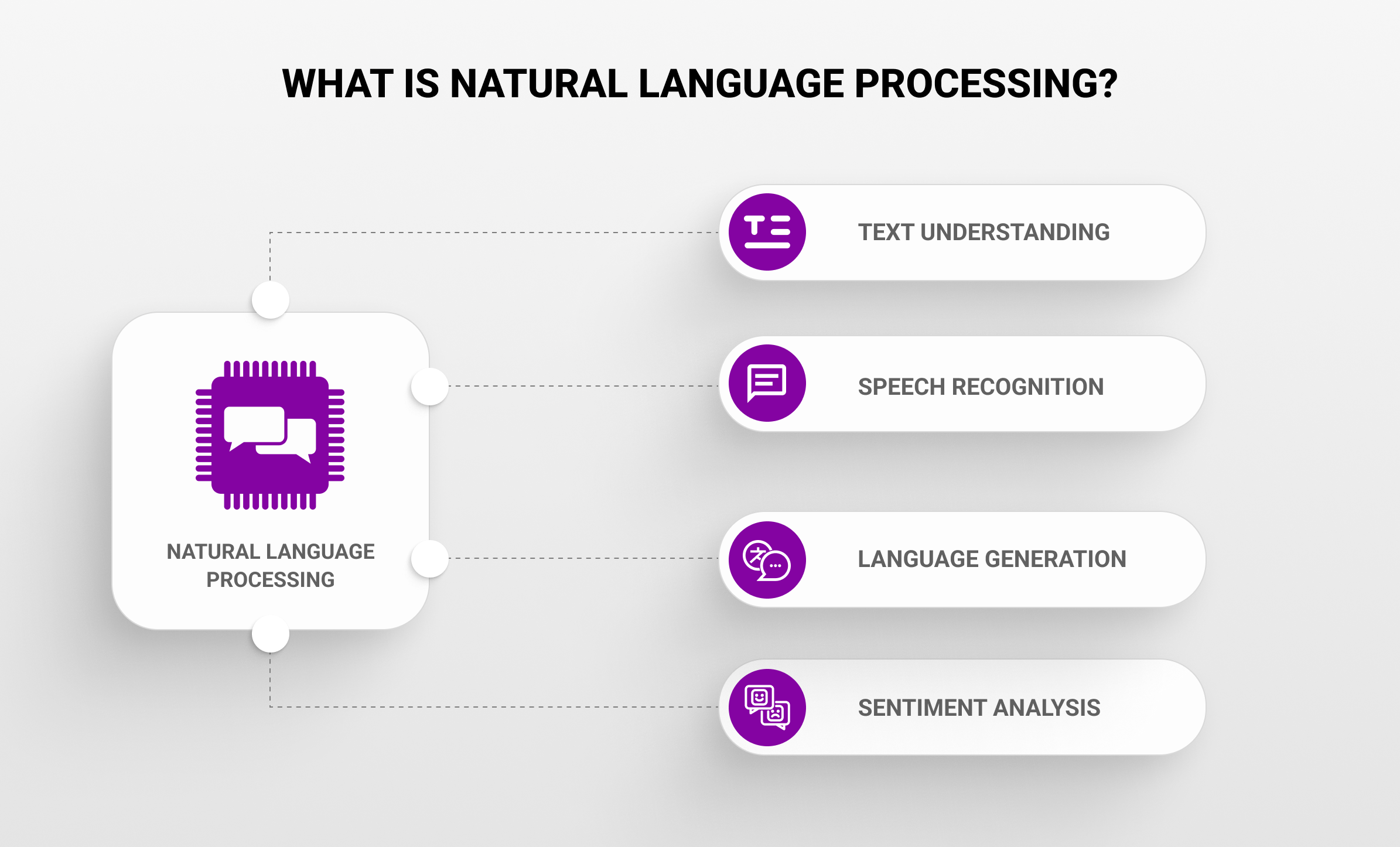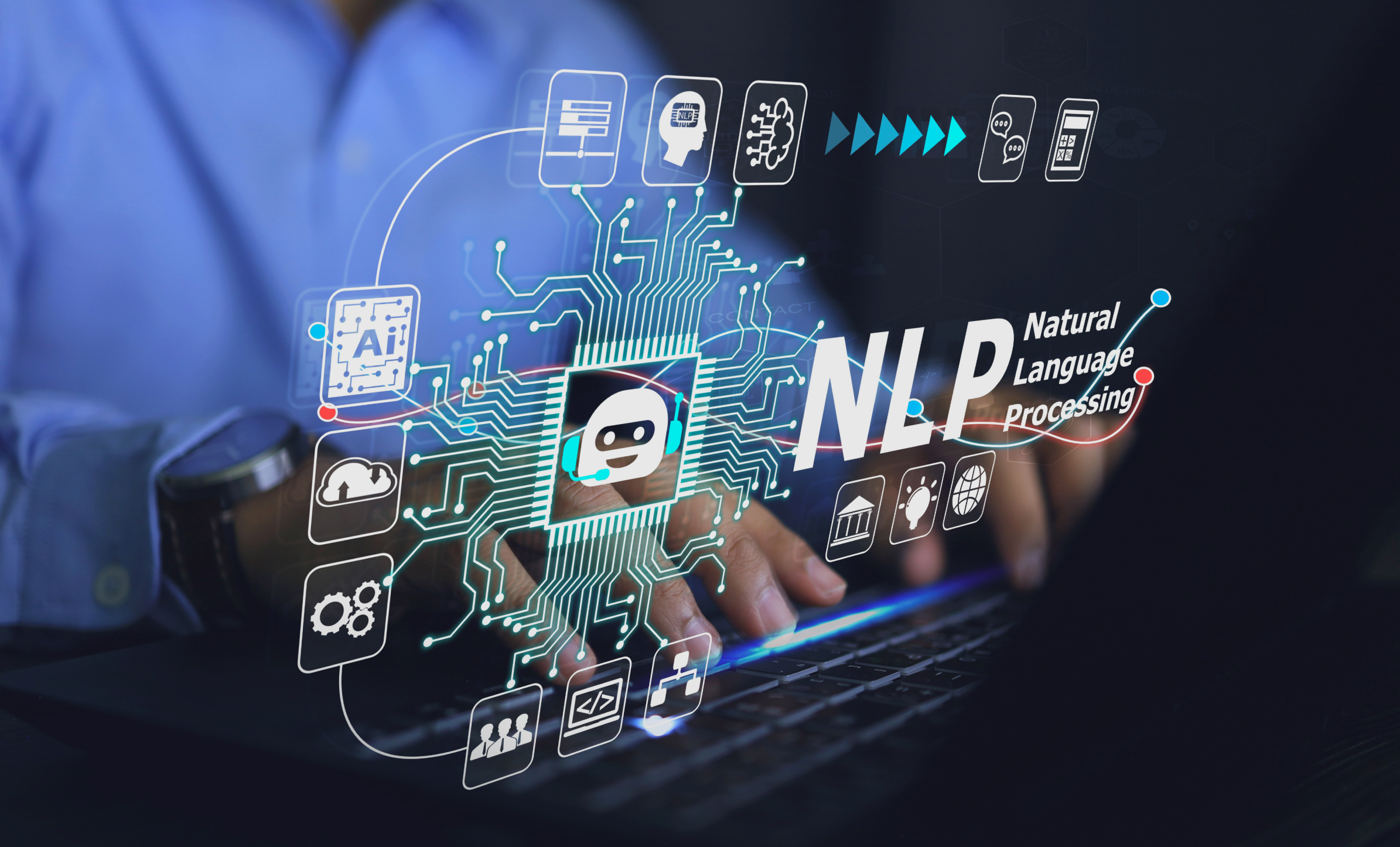Unveiling the Marvel of NLP: Understanding its Essence and Impact
In the realm of artificial intelligence, Natural Language Processing (NLP) stands as one of the most transformative and captivating fields. It serves as the cornerstone for enabling machines to comprehend, interpret, and generate human language in a manner akin to how humans communicate with each other. From chatbots to language translation tools and sentiment analysis to voice recognition systems, NLP permeates a plethora of applications that shape our modern digital landscape. In this article, we will take a closer look at natural language processing and the data annotation techniques needed to train these AI systems.
What is Natural Language Processing?

At its core, Natural Language Processing is a branch of artificial intelligence that focuses on the interaction between computers and humans through natural language. Its primary aim is to facilitate seamless communication between machines and humans, allowing computers to understand, interpret, and generate human language in a meaningful manner.
Understanding human language is a multifaceted process that involves deciphering linguistic nuances, syntax, semantics, and pragmatics. Natural Language Processing endeavors to imbue machines with the ability to navigate this intricate landscape effortlessly. Here are some key components that constitute the essence of NLP:
- Text Understanding – NLP algorithms are designed to comprehend written text in various forms, ranging from structured documents to unstructured social media posts. This involves tasks such as text classification, information extraction, and named entity recognition.
- Speech Recognition – Beyond written text, NLP encompasses the realm of spoken language through speech recognition technologies. By transcribing spoken words into text, machines can interpret and respond to verbal commands, enabling applications like virtual assistants and voice-operated devices.
- Language Generation – NLP algorithms are not only capable of understanding human language but also proficient in generating coherent text. From auto-completion suggestions to content creation, language generation models have made significant strides in producing human-like text.
- Sentiment Analysis – Understanding the sentiment conveyed in textual data is another crucial aspect of NLP. Sentiment analysis algorithms discern the emotional tone of the text, ranging from positive and negative sentiments to nuanced emotions, thereby enabling businesses to gauge customer feedback, sentiment trends, and brand perception.
What Techniques are Used in Natural Language Processing?
When it comes to NLP, there are two main techniques researchers use:
- Syntactic approach – Syntactic approaches to Natural Language Processing (NLP) are rooted in the understanding and analysis of the grammatical structure of language. At their core, these approaches aim to decode the syntactic rules governing the arrangement of words and phrases in a sentence, thereby extracting meaningful insights from textual data. One of the fundamental tasks in syntactic NLP is parsing, which involves breaking down sentences into their constituent parts and representing their syntactic structure through formal grammatical frameworks such as context-free grammar or dependency trees.
- Semantic approach – Semantic approaches delve into the meaning and interpretation of language beyond its syntactic structure. Unlike syntactic approaches that focus on the grammatical arrangement of words and phrases, semantic approaches aim to understand the deeper semantic relationships and nuances embedded within textual data. These approaches seek to capture the meaning of words, phrases, and sentences, enabling machines to comprehend context, infer intent, and extract actionable insights from language. Semantic NLP encompasses a wide range of tasks, including semantic similarity measurement, word sense disambiguation, semantic role labeling, and sentiment analysis.
What is NLP Used For?

The versatility of NLP has led to its widespread adoption across various industries and domains. Here are some notable applications:
- Virtual Assistants – Virtual assistants like Amazon’s Alexa, Apple’s Siri, and Google Assistant leverage NLP to comprehend user queries, perform tasks, and provide relevant responses in natural language.
- Machine Translation – NLP powers machine translation systems that facilitate the conversion of text from one language to another. Google Translate and DeepL are prime examples of how NLP algorithms bridge language barriers in real-time.
- Text Summarization – NLP techniques enable automatic summarization of lengthy texts, condensing vast amounts of information into concise summaries. This is particularly valuable for news articles, research papers, and legal documents.
- Customer Service Chatbots – Many businesses employ NLP-driven chatbots to handle customer inquiries, troubleshoot issues, and provide personalized assistance round-the-clock.
- Healthcare Applications – NLP is revolutionizing healthcare by enabling the analysis of vast amounts of medical literature, electronic health records, and patient data to assist in diagnosis, treatment planning, and medical research.
What Open-Source Libraries are Used in Natural Language Processing?
Several open-source libraries are widely used in Natural Language Processing (NLP), empowering developers and researchers to build powerful NLP applications efficiently. Here are some of the most prominent ones:
- NLTK (Natural Language Toolkit) – NLTK is one of the oldest and most comprehensive libraries for NLP tasks in Python. It provides modules and functions for tasks such as tokenization, stemming, lemmatization, part-of-speech tagging, parsing, and more.
- spaCy – spaCy is a modern and efficient NLP library designed for production-level applications. It offers pre-trained models for various languages, along with features like named entity recognition, dependency parsing, and text classification.
- Gensim – Gensim is a popular library for topic modeling and document similarity analysis. It provides implementations of algorithms such as Latent Semantic Analysis (LSA), Latent Dirichlet Allocation (LDA), and Word2Vec for word embeddings.
- Transformers (Hugging Face) – Transformers, developed by Hugging Face, provide pre-trained models for state-of-the-art NLP tasks such as text classification, question answering, language translation, and more. It leverages transformer architectures like BERT, GPT, and RoBERTa.
- AllenNLP – AllenNLP is a library built on top of PyTorch, specializing in deep learning for NLP. It offers pre-built modules and tools for tasks such as text classification, semantic role labeling, and reading comprehension.
What is the Impact of NLP?
The impact of Natural Language Processing (NLP) on our modern society is profound and far-reaching, permeating numerous aspects of our daily lives. One of the most significant impacts of NLP lies in revolutionizing human-computer interaction. Through technologies like virtual assistants, chatbots, and voice recognition systems, NLP has transformed the way we communicate with machines, making interactions more intuitive, efficient, and natural. These advancements have not only enhanced user experiences but also facilitated access to information and services for individuals across diverse linguistic backgrounds and abilities, thereby fostering inclusivity and accessibility in the digital realm.
Furthermore, NLP has catalyzed transformative changes across various industries and domains. In healthcare, NLP-powered applications facilitate the analysis of vast amounts of medical literature and patient data, aiding in diagnosis, treatment planning, and medical research. In finance, sentiment analysis algorithms leverage NLP techniques to analyze market trends, gauge investor sentiment, and make data-driven investment decisions. Similarly, in customer service, chatbots equipped with NLP capabilities handle inquiries and resolve issues autonomously, improving efficiency and reducing response times. From personalized recommendations in e-commerce to automated language translation in international diplomacy, the impact of NLP resonates across sectors, driving innovation, efficiency, and productivity in the digital age.
Frequently Asked Questions?
1.What is Natural Language Processing (NLP)?
Natural Language Processing (NLP) is a branch of artificial intelligence (AI) that focuses on enabling computers to understand, interpret, and generate human language in a manner akin to how humans communicate with each other.
2.What are some common applications of NLP?
NLP finds applications in various domains, including virtual assistants (e.g., Siri, Alexa), machine translation (e.g., Google Translate), sentiment analysis, text summarization, chatbots, information extraction, and more.
3.How does NLP work?
NLP algorithms analyze textual data by breaking it down into smaller components, such as words and phrases, and applying techniques such as tokenization, part-of-speech tagging, syntactic parsing, and semantic analysis to derive meaning and insights from the text.






